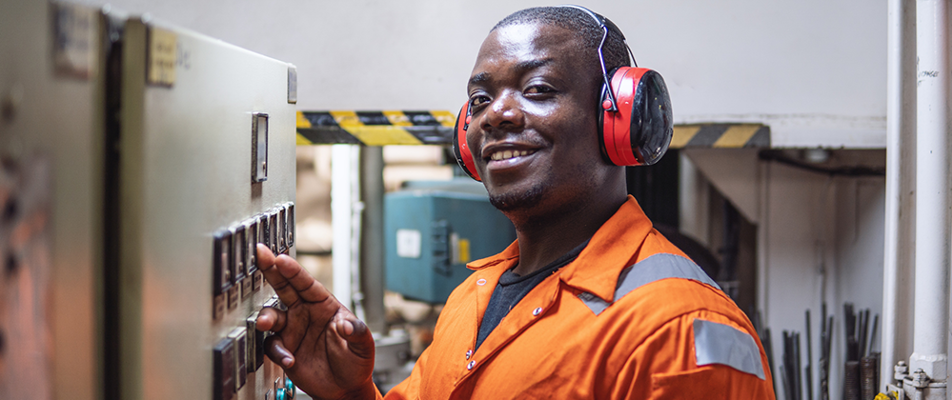Share your Safety incident
Ensure the industry learns the lessons

Explore 0 Safety Flash entries shared freely with the industry to ensure lessons are learned, as part of our mission to improve performance in offshore delivery.
We're in the process of transferring our extensive archive of Safety Flashes to the site. Please bear with us while we complete this exercise.
Individual entries can be downloaded as a PDF to easily share and print within your own organisation. Fully searchable for quick reference, Safety Flashes are tagged by Life Saving Rule. What are these?
Total entries found: 2229
Sorted by:
The National Transportation Safety Board of the United States (NTSB) published "Safer Seas Digest 2023".
IMCA SF 24/24
17 December 2024
A rescue boat suffered a catastrophic structural failure whilst unattended on the davit.
IMCA SF 24/24
17 December 2024
During lifting operations on a vessel, a hydraulic release shackle pin opened on its own.
IMCA SF 24/24
17 December 2024
A worker fell through an opening from one deck to another, and was injured as a result.
IMCA SF 24/24
17 December 2024
A contractor was performing maintenance on the bulk cargo methanol system on deck of a vessel.
IMCA SF 24/24
17 December 2024